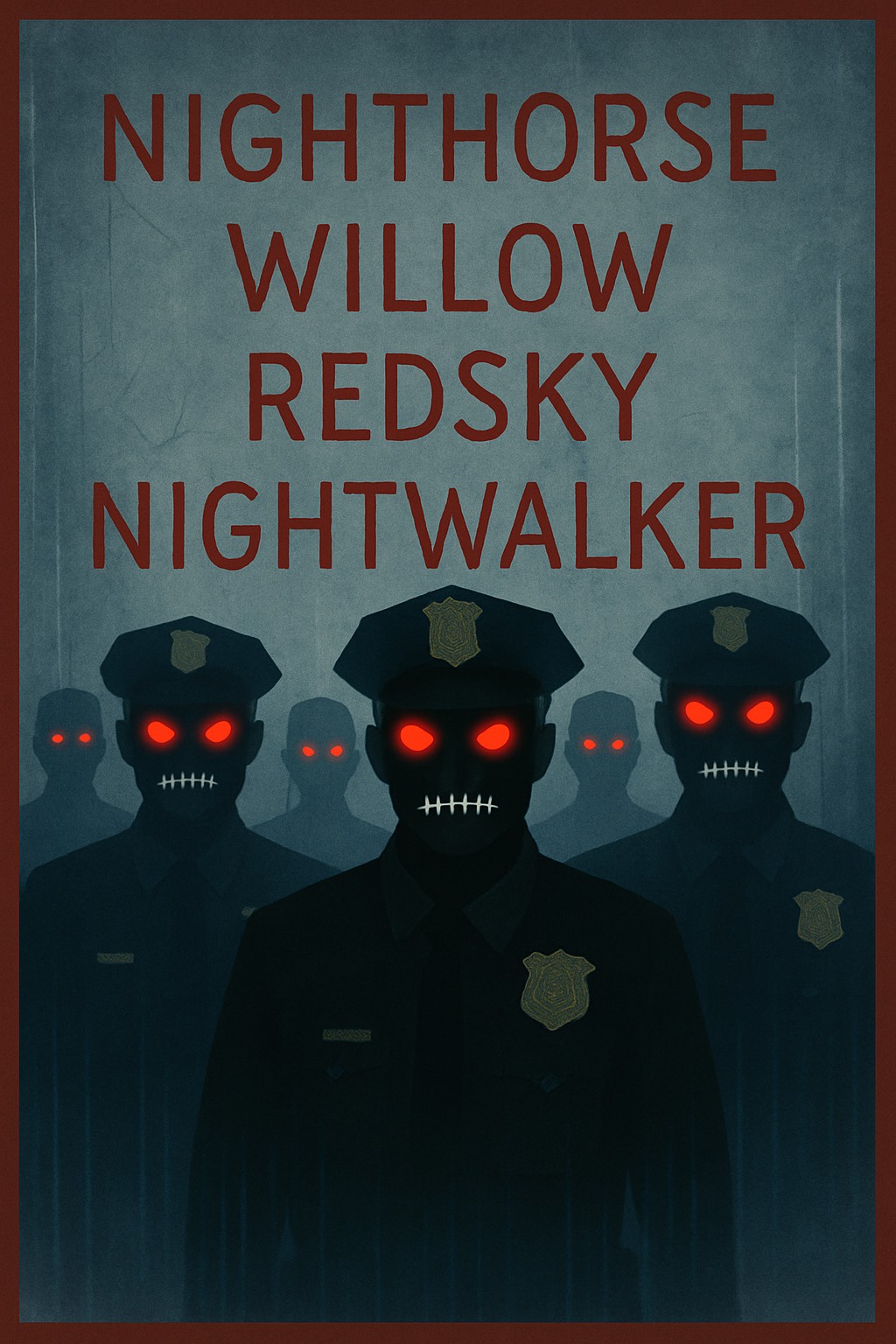Career Focus
Cover Yourself with A Cover Letter
Do you know the “7- second rule” in job search? It means that it only takes 7- seconds for an employer to form an opinion about you when meeting you in person. This 7- second rule also applies to when you email a potential employer, or when someone reads your LinkedIn profile, or resume. It also applies to your cover letter. The cover letter is a 7- second initial impressions and for some employers can be more important than a resume. Job seekers often ask: if the job posting states “please email your resume” does this mean you include a cover letter too? The answer is yes.
Always cover your resume with a cover letter. It is a business etiquette tradition and provides you with an opportunity to impress the reader whether you are emailing your application or adding it to an online tracking system. A cover letter is a document that introduces your resume and gives you the chance to convince the potential employer that you should be interviewed.
You can use a T-Bar Style cover letter or a traditional 3 paragraph cover letter. The traditional 3 paragraph cover letter includes the following basics:
1) Length: a cover letter should never be more than one page.
2) Font: use size 12 font and the same font style throughout your letter.
3) Salutation: if you do not have the name of the person you are sending your letter to, never write “Dear Sir or Madam”. Instead, use a generic term such as “Dear Human Resources” or “Dear Hiring Committee”.
4) Key words: incorporate as many key words and expressions from the job posting as possible. Never cut and paste from the job posting and instead craft the key words in a way that shows the reader who you are, so they are encouraged to read your resume
5) First paragraph: this is your introduction and should state where and when you found the job posting.
6) Second paragraph: this should state why you are the best candidate for the job and how you will help the employer achieve their goals.
7) Third paragraph: this is the conclusion and should state how the reader can contact you. In addition to these basics here are two more tips to make your cover letter as impressive as possible. They are:
8) The word “I”: try to eliminate the word “I” as much as possible and never start a paragraph with the word “I”. For example, instead of stating “I have enclosed a copy of my resume for you to review after I read on your website that you are seeking candidates”, revise this to: “Recently while reviewing your website, the above referenced job posting caught my interest”. It is the same line yet does not include the word “I”.
9) Be specific: pay careful attention to the job posting and instead of just claiming that you can do something, describe how or why you have mastered it. For example, if the job posting states “seeking proactive office manager able to juggle multiple tasks in a fast-paced setting”, you might want to put the following into your cover letter:
“In my last office manager role, I upgraded the billing system gaining faster reimbursements and payments, while at the same time I prepared department payroll, oversaw a staff of 12 full-time employees and 3 casual workers, and prepared weekly statistical reports for senior management. This type of environment excites me because I am not tied to a specific routine and can utilize many skills”. In other words, do not just claim you have been successful. Describe your specific talents and achievements that best relate to the job you are applying to.
In summary, never underestimate the importance of a good cover letter as it might be able to get your through the interview door. If you want to learn more about how to cover yourself with a cover letter, and if you want to find out what a T-Bar Style cover letter is, consider contacting the Centre for Education & Training (www.tcet.com) to see if you qualify to have a Career Specialist assist you.
This article was submitted by Lisa Trudel, Career Specialist with the Centre for Education & Training. She works at their Parliament Employment Services location in downtown Toronto and can be contacted at: ltrudel@tcet.com





